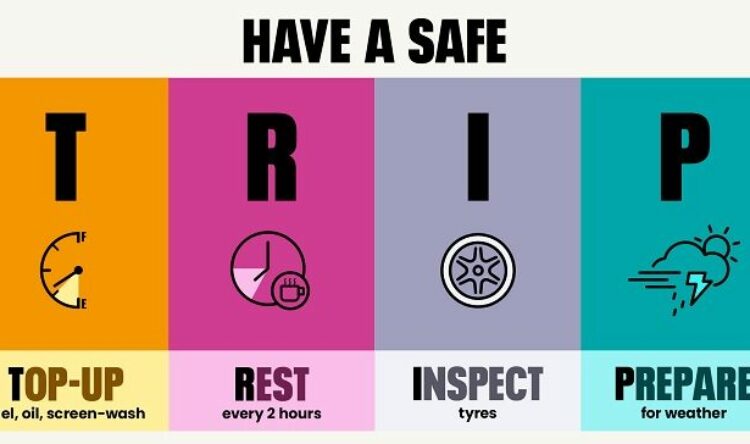Two ways into one
Two-way cycle lanes on one-way streets are are better than safe
Allowing two-way cycle lanes on on-way streets is the way forward according to the data.
The research shows that contraflow cycling on one-way streets is a low cost intervention that can improve the cycling experience and increase participation.
Evidence comes from a number of studies over twenty years in the UK’s capital city.
You go your way…
A study of the research and data suggests that cyclists on contraflows have a lower crash risk. However, implementing contraflow cycling remains controversial in the UK.
This new piece of research examines whether contraflow cycling on one-way streets and whether it alters crash or casualty rates for pedal cyclists.
In the first large-scale research of its kind, crashes were examined on more than 500 streets over 22 years in London. It looked at both data from before and after contraflow cycling was introduced.
The controversy centres on the fact that it may be confusing for drivers and cyclists, which leads to more crashes and casualties. But this University of Leeds study says it is a safe, low-cost intervention which evidence says can improve the cycling experience and increase participation.
Miles of evidence
Caroline Tait, a PHD researcher with the Leeds Institute for Data Analytics, led the study been published in the journal Accident Analysis & Prevention.
Identifying 508 road segments where contraflow cycling was introduced on one-way streets, the study looked at road traffic crashes occurring within 10 m of these. They were labelled as pre-contraflow, contraflow or contraflow removed crashes, and adjusted according to cycling volumes, time periods and traffic levels to establish overall relative figures .
There were 1,498 crashes involving pedal cyclists: 788 pre-contraflow, 703 contraflow and 7 following contraflow removal.
No change in adjusted overall pedal cyclist crash or casualty rates occurred when contraflow cycling was introduced.
Proximity to a junction doubled the crash rate.
The crash rate when pedal cyclists were travelling contraflow was the same as those travelling with flow.
The study concludes: ‘We have found no evidence that introducing contraflow cycling increases the crash or casualty rate for pedal cyclists. It is possible that such rates may indeed fall when contraflow cycling is introduced if more accurate spatio-temporal cycling volume data was available. We recommend all one-way streets are evaluated for contraflow cycling but encourage judicious junction design and recommend UK legislative change for mandatory-two-way cycling on one-way streets unless exceptional circumstances exist.
Facing the facts
The lead researcher, Caroline Tait says: “People are concerned about the safety aspects of this. They’re worried that when they allow contraflow cycling, they’re going to make it more risky for cyclists and drivers but these concerns aren’t grounded in evidence.
“In fact, introducing contraflow cycling is a low-cost intervention for highways authorities which improves the cycling experience and cycling networks, particularly in urban environments.”
She believes that introducing contraflow cycling on one-way streets would improve cycle routes and networks as cyclists would not have to navigate around the one-way streets. On busier roads, this would potentially make routes more direct, comfortable, attractive and coherent for new and existing cyclists.
Tait believes that the study is relevant for towns and cities outside of London too.
“European experience shows that it encourages more cycling and improves the pedestrian experience by reducing cycling on pavements. It is a low-cost intervention compared to other forms of cycling infrastructure and could be rolled out at scale in towns and cities.
“Since the study has been published, I have been contacted by people across the country who have been discouraged or prevented from implementing contraflow cycling due to safety concerns. They feel this study is a game-changer.”
On your bike
Her views and the conclusions of the study are supported Dr Robin Lovelace, associate professor in transport data science at the University of Leeds. He believes the perception that cycling contraflows are unsafe is often based on hearsay or anecdote.
“The scale of this research adds to the growing evidence base around the interventions needed to enable active modes to become the natural choice for everyday trips.
“The government’s objective is for at least 50% of short urban trips to be made by active modes by 2030. To reach and go beyond this, we need to act fast and implement a wide range of interventions, including road space reallocation schemes and contraflows. This work provides a strong foundation for bold plans.
He is calling for more research to establish the best “contraflow interventions”. They should provide evidence of the most appropriate “width and level of separation of the contraflow cycleway”.
Finding and understanding the best ways to engage new cyclists and encourage uptake on specific streets, especially for popular short routes, is key to encouraging greater uptake of cycling as the ideal and popular travel choice. This has to be good for the environments, reducing congestion and improving the nations health.







